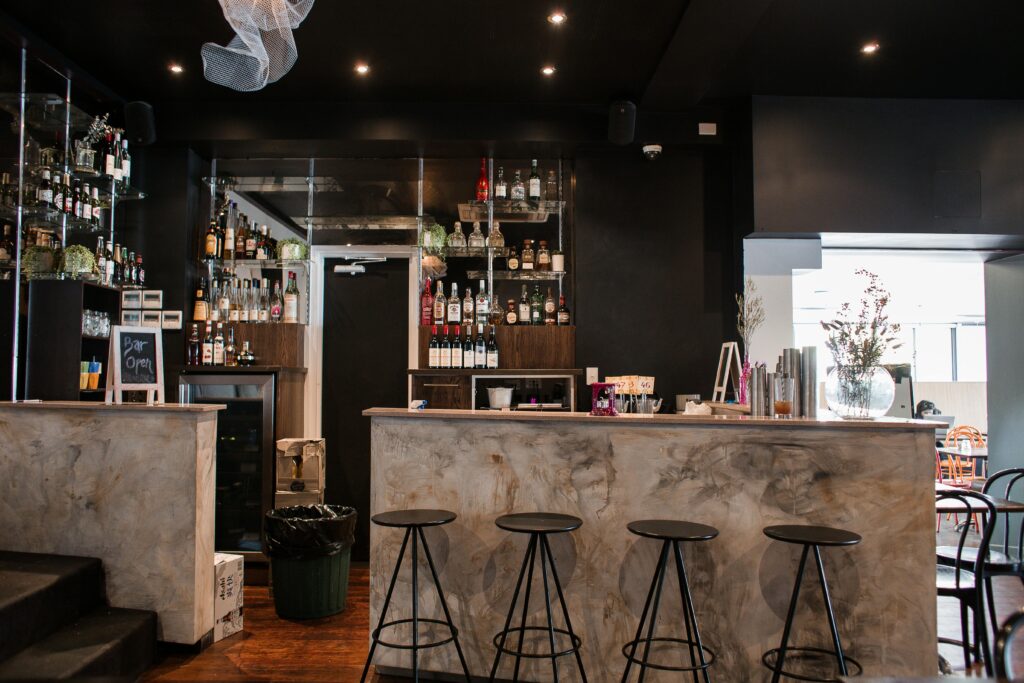How Restaurant Furniture Influences First Impressions
First impressions are crucial in the hospitality industry, and restaurant furniture plays a central role in shaping them. The moment customers walk in, the arrangement, style, and quality of the furniture signal what type of experience they can expect. Sleek, modern furniture conveys sophistication and innovation, while rustic wooden tables and chairs create a homely, cozy vibe. Even the condition of the furniture affects perception; worn-out chairs or unsteady tables can leave guests with doubts about the restaurant’s quality and standards. Properly chosen restaurant furniture makes the space inviting, reflects professionalism, and sets the tone for the meal. From the layout to the finishes, every detail contributes to the atmosphere. By prioritizing attractive and functional furniture, restaurant owners can create a positive impression that encourages guests to relax, enjoy their dining experience, and return in the future.
The Role of Comfort in Restaurant Furniture Selection
Comfort is at the heart of a memorable dining experience, and restaurant furniture significantly impacts how long customers choose to stay. Uncomfortable chairs, stools, or booths can make guests rush their meals, reducing the chance of upselling desserts or drinks. On the other hand, supportive seating encourages customers to linger, socialize, and order more. Factors such as cushioning, seat height, backrest design, and table alignment all influence overall comfort. Ergonomically designed restaurant furniture also reduces strain, ensuring guests remain at ease throughout their visit. For family-friendly restaurants, booths with ample space are ideal, while fine dining venues may opt for padded chairs with luxurious fabrics. The balance between comfort and durability is essential—furniture must withstand heavy use while still offering a pleasant experience. Ultimately, investing in comfortable restaurant furniture enhances customer satisfaction and boosts revenue by increasing both stay duration and repeat visits.
Design and Style: Aligning Restaurant Furniture with Brand Identity
Every restaurant has a story to tell, and furniture is a key part of communicating brand identity. Restaurant furniture should align with the overall theme, décor, and target audience. A high-end steakhouse may feature leather chairs and dark wood tables to reflect sophistication, while a coastal seafood spot might use light-colored furniture with natural textures to create a fresh, breezy vibe. Consistency between design and brand image helps customers connect emotionally with the space, reinforcing loyalty. Colors, finishes, and materials also influence how guests perceive the brand. For example, minimalist metal and glass furniture may appeal to younger, trend-focused diners, while classic wooden furniture resonates with traditional audiences. Restaurant furniture doesn’t just provide a seat—it tells customers what kind of dining experience they’re about to have. When style and branding align, the furniture elevates the entire atmosphere, leaving a lasting impact on customers.
Why Quality Restaurant Furniture Encourages Customer Loyalty
Quality is a defining factor in restaurant furniture, and it directly influences customer loyalty. Guests notice when chairs feel sturdy, tables are stable, and booths provide long-term comfort. High-quality furniture also withstands the rigors of daily use, maintaining its appearance and functionality over time. This reliability contributes to trust—customers associate well-maintained furniture with attention to detail and overall care for their dining experience. In contrast, poor-quality furniture that chips, wobbles, or wears down quickly creates negative impressions and discourages return visits. Furthermore, durable restaurant furniture reduces replacement costs, making it a smart long-term investment for owners. Beyond durability, quality also enhances aesthetics; fine materials and craftsmanship elevate the ambiance, making customers feel valued. When guests associate comfort, style, and reliability with a restaurant, they’re more likely to become repeat visitors. In short, quality furniture transforms occasional diners into loyal customers.
Conclusion
Restaurant furniture is far more than just a functional necessity—it is a powerful factor that shapes customer experience and loyalty. From the first impression a guest forms upon entering to the comfort they feel during their meal, furniture plays a continuous role in influencing satisfaction. Well-designed seating and tables not only enhance ambiance but also communicate the restaurant’s brand identity, reinforcing its values and style. High-quality and comfortable pieces encourage customers to relax, stay longer, and return for future visits. On the business side, durable furniture provides cost efficiency by reducing the need for frequent replacements. Ultimately, thoughtful investment in restaurant furniture helps create an environment where guests feel welcome, valued, and connected. For restaurant owners, prioritizing furniture isn’t just about filling a space—it’s about crafting memorable dining experiences that lead to long-term customer relationships and business success.






